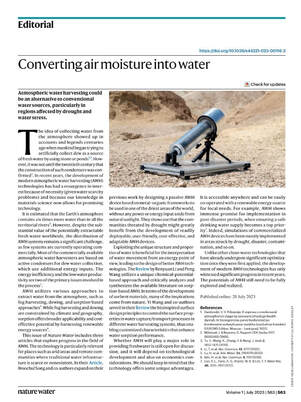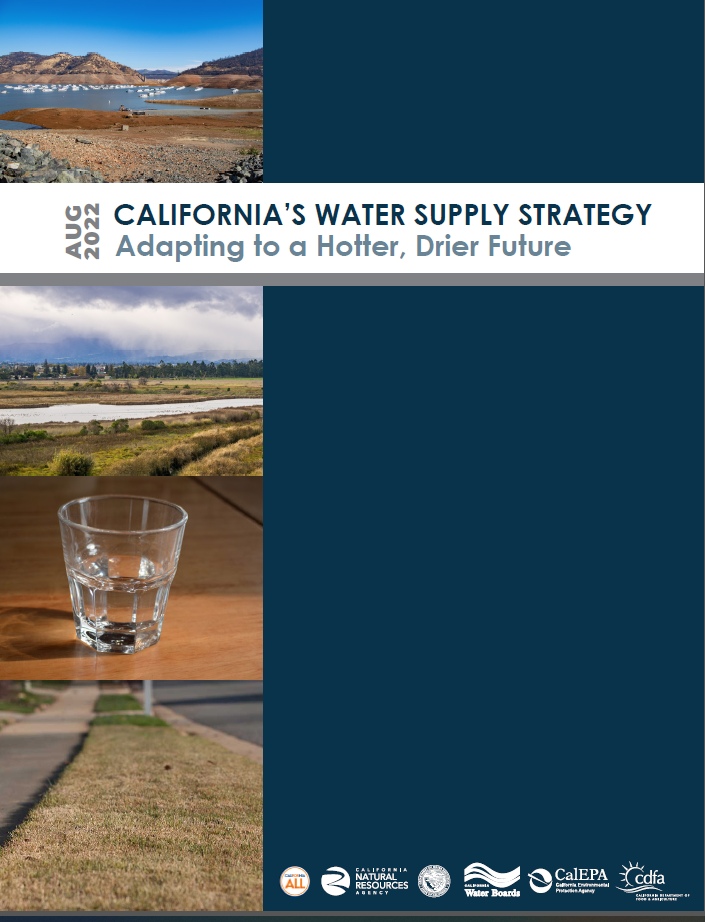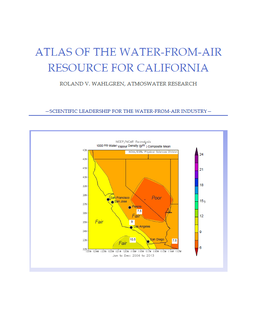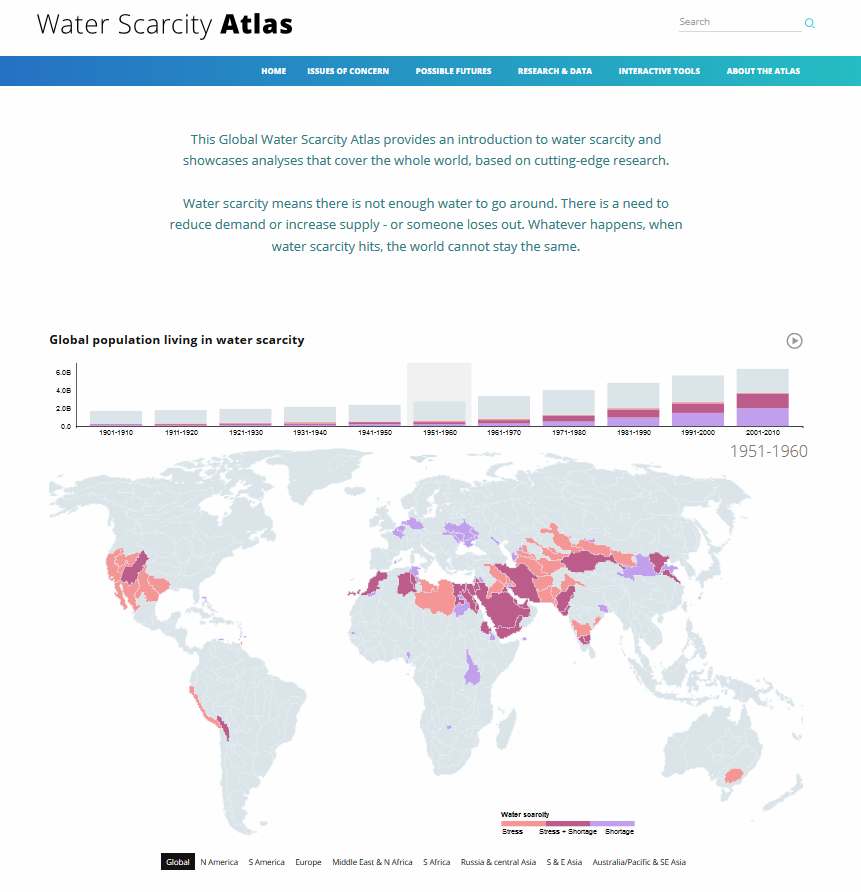- Materials science is fostering advances;
- Globally, there are relatively few commercial installations;
- The energy cost of water-from-air remains an obstacle;
- Desiccant technologies coupled with renewable energy sources are likely to be a versatile path forward;
- Relevant markets are remote arid regions with little or no conventional water supplies;
- Energy efficiency depends on a deep understanding of water properties; and
- Although water-from-air has "unique advantages" being "accessible anywhere" and readily used with renewable energy its "role in providing freshwater is still open for discussion".
|
Water-from-air technologies are attracting serious attention as shown by a recent editorial in the journal Nature Water. Highlights from the editorial include:
0 Comments
Peer-reviewed articles, even about water resources, can be a dry read. But not so for the recently published Open Access article, Increasing freshwater supply to sustainably address global water security at scale. Let me share four excerpts from the paper to inspire and energize us in the water-from-air community. The excerpts show we do indeed have a crucial role in improving access to drinking water.
- "...reducing and managing [water] demand are proving inadequate as population and economic growth quickly absorb any capacity that is created through these measures." - "Recycling and reuse of water...have limited scalability because they are fundamentally constrained by the available supply." - "Effective solutions to increase the [fresh water] supply are at present limited, or they are practically non-existent since all resources are being exploited beyond sustainable capacity or rapidly dwindling due to climate change." - "Desalination is not only energy intensive; it also creates concentrated brine and other byproducts that create significant environmental challenges with the cost of disposal." The authors proceed to outline their proposal for a system for siting water vapor collection systems above the surface of the ocean and then transporting the vapor to condensation systems on the nearby shore. They discuss the water vapor resource, the insignificant impact of climate change on viability of their system, the negligible environmental impact, and the financial feasibility. The research trio also claim their ocean-based system will benefit from a higher moisture flux compared to land-based water-from-air installations. The merits of the system outlined in the article remain to be validated but the important learnings from the article for those of us in the water-from-air industry are the quotations about the continuing inability of conventional water resources to provide global water security---thus giving incentive to our industry leadership to continue working diligently to prove the value of developing and commercializing water-from-air technologies. Reference Rahman, A., Kumar, P. & Dominguez, F. (2022). Increasing freshwater supply to sustainably address global water security at scale. Sci Rep 12, 20262 (2022). https://doi.org/10.1038/s41598-022-24314-2. This is an Open Access article. California's Water Supply Strategy (19-page document; click on the image above to read it) was published in August 2022. The strategy includes:
Intriguingly, the Strategy document says, "Rising temperatures evaporate more water, but more of that water stays in the air." (page 1 of 16). AWG's can recover that sequestered water. The knowledge-base for using atmospheric water generators in California includes: Today, I learned about Aalto University's Water Scarcity Atlas from The Water Network. The atlas is a useful and credible resource for learning about various aspects of the water supply challenges facing humanity. For those of us in the water-from-air community it is definitely worth visiting and bookmarking. The atlas is a useful guide to the regions on which to focus water-from-air research and development efforts.The data & code section of the atlas website had a link to the City Water Map Initiative whose data source was
McDonald and others (2014). Water on an urban planet: Urbanization and the reach of urban water infrastructure. Global Environmental Change 27, 96–105. This paper gives the results of the first global survey of the water sources for the world's largest cities. Table 2 in the paper lists the largest cities enduring water stress. The cities (in order of population) are Tokyo, Delhi, Mexico City, Shanghai, Beijing, Kolkata, Karachi, Los Angeles, Rio de Janeiro, Moscow, Istanbul, Shenzhen, Chongqing, Lima, London (UK), Wuhan, Tianjin, Chennai, Bengaluru, and Hyderabad. |
Roland Wahlgren
I have been researching and developing drinking-water-from-air technologies since 1984. As a physical geographer, I strive to contribute an accurate, scientific point-of-view to the field. Archives
May 2024
Categories
All
|





